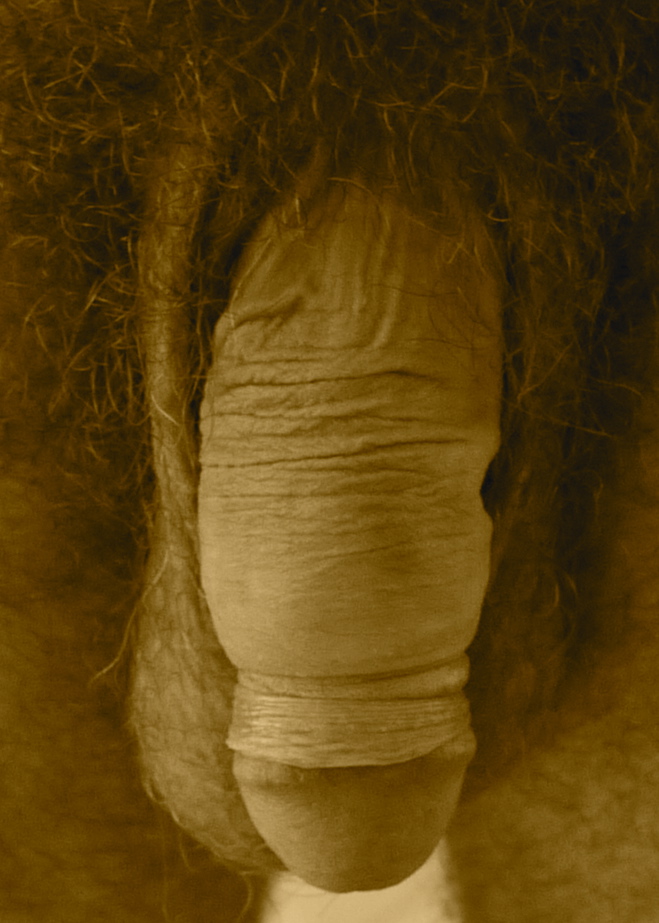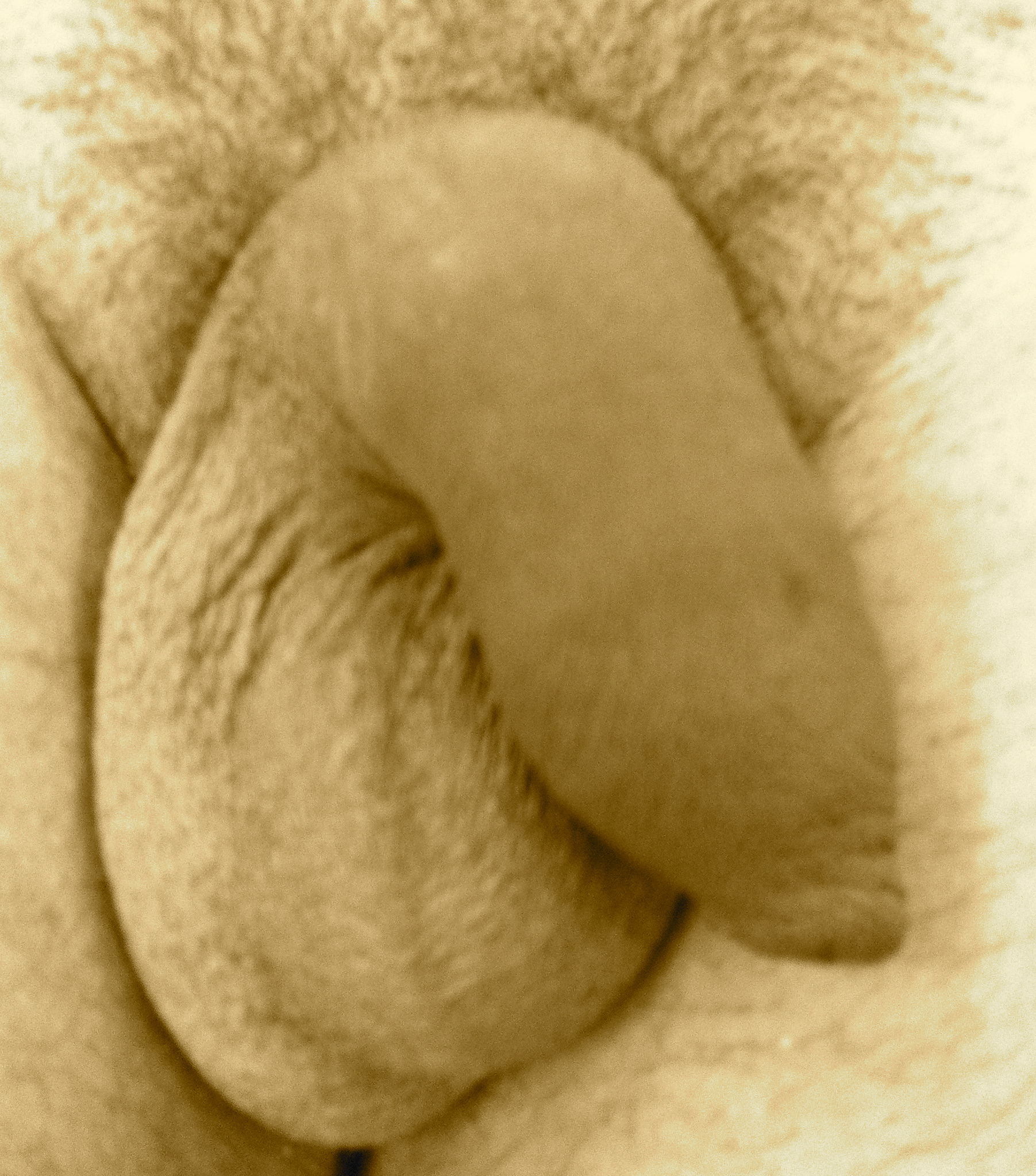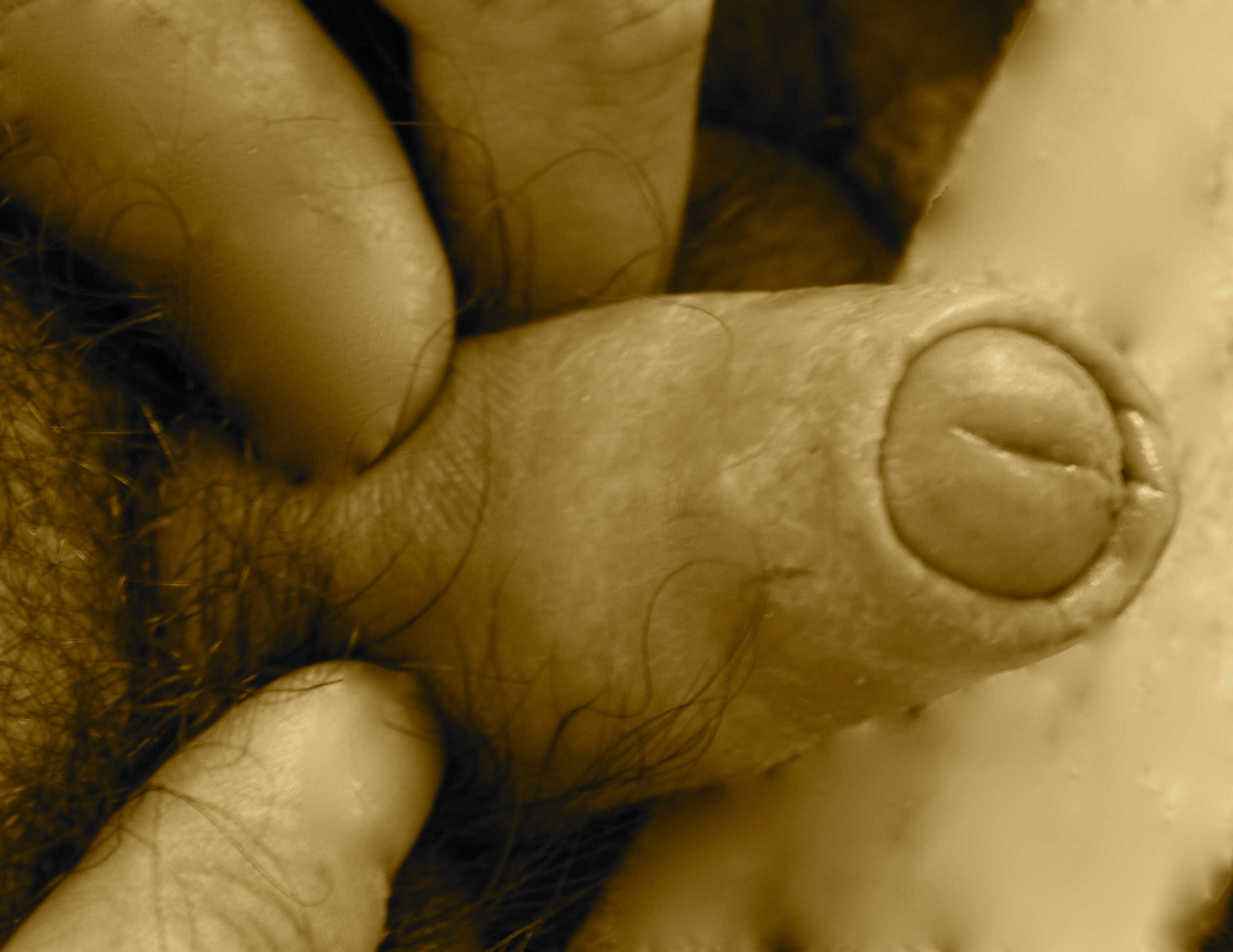When should a circumcision be performed?
When there is preputial dysfunction (malfunction of the foreskin) causing mechanical (phimosis, paraphimosis) or infectious problems (balanitis, giant warts, lichen, atrophic lichen sclerosus, etc.) or sometimes for aesthetic reasons or comfort.
Phimosis is a narrowing of the preputial orifice that prevents full, easy retraction of the foreskin behind the glans. It is congenital or due to scarring (secondary to forced retraction attempts on adherent prepuce, micro-injuries or chronic infections). When it’s due to scarring, it is said to have “adhesions”. When the patient presents phimosis, degloving may not be complete but regloving poses no problem. A lack of treatment runs the risk of urinary or sexual problems, infection and inflammation of the prepuce, the glans and urinary meatus and paraphimosis. Some phimosis, especially in children, can benefit from treatment with a topical ointment containing steroids.
A long foreskin is not a disease, but surgical removal of all or part of the foreskin can be performed for aesthetic and/or comfort reasons. Indeed a long foreskin covers the glans completely and can sometimes “go beyond” it giving the impression of “extra skin” that some consider unsightly. Moreover, by permanently covering the glans in this way, the glans is never in contact with the “outside” and the very thin skin of which it is made presents no keratinisation. For this reason, some patients suffer from hypersensitivity of the glans, which can be bothersome during intercourse and can sometimes be the cause of premature ejaculation. In this specific case, it is recommended that patients wishing to have a circumcision for aesthetic reasons regularly deglove the glans before the operation and leave it in the open air or even in contact with fabric (underwear) to decrease the risk of postoperative hypersensitivity of the glans. The surgeon may prescribe a gel to be applied pre-operatively to help desensitise the glans.
Premature ejaculation, when it can be attributed to hypersensitivity of the glans, may be partly resolved through circumcision (see the paragraph above).
Paraphimosis is a constriction of the glans by the retracted ridged band behind it, making it impossible to reglove. This is a surgical emergency: manual reduction under anaesthesia or skin debridement by superficial longitudinal incision before the posthectomy.
Atrophic lichen sclerosus of the penis is a benign, most likely autoimmune, dermatosis. It can occur at any age, including in children. Its diagnosis is clinical: it combines erythematous plaques (red) associated or not with erosions or fissures and whitish scar plaques. It causes pain when degloving and may be complicated by tight phimosis preventing degloving and sexual intercourse. Purpuric and/or bullous plaques can occur together. The occurrence of infiltrative or verrucous plaques requires a biopsy because of a risk of emergence of squamous cell carcinoma. In case of failure of a dermatological treatment with topical corticosteroids, circumcision can be performed.
Important note: Currently, three studies in Africa have shown a decrease by half in the incidence of contamination with the AIDS virus in circumcised men.

















